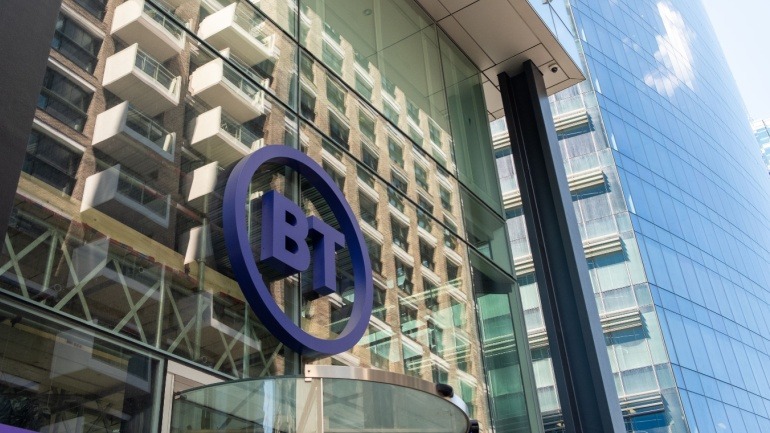China Telecom and Huawei have unveiled their latest advancement at the MWC Shanghai 2025 — the 5G-Advanced (5G-A) uplink innovation named Intelligent Ultra Pooling Uplink. This cutting-edge technology enhances how devices transmit data, leading to faster and more efficient networks, especially crucial for AI-driven applications like smart wearables, connected cars (V2X), and AI assistants.
The Intelligent Ultra Pooling Uplink operates on a user-centric network architecture. It employs AI to optimize network resources such as frequency, power, and antennas in real-time. This real-time resource sharing results in better coverage, improved speeds, and reliable performance for data-heavy applications such as video streaming and smart sensors.
Huawei’s new solution predicts the quality of signal channels and uses AI to strategically organize the timing of data transmission. This innovation reduces delays by more than 30%, increases uplink speeds by over 15%, and enhances performance for users on the outskirts of a cell tower by around 15%. Moreover, the technology aids in energy conservation, making network operations more sustainable.
With the growth of AI applications demanding sophisticated data exchanges, the need for rapid and low-latency uplinks is essential. This is particularly relevant for real-time interactions via voice, AI robotics, and smart glasses, among others. China Telecom and Huawei believe their new technology will support a vast range of AI services, ensuring tasks run swiftly and without interruption.
Huang Lilian from China Telecom emphasized the evolving nature of communication, where AI and 5G-A intersect to create interactive experiences, not just data exchanges. Huang envisions a shift toward multi-modal communication, integrating video, audio, and text for richer interactions.
Cao Ming, Huawei’s VP, highlighted the rapid advancement of 5G-A, stressing its pivotal role in the mobile AI era. He illustrated the application of Super Uplink in practical scenarios, such as live streaming, smart cities, and industrial automation, and emphasized the importance of continuous investment in innovation to further enhance and standardize 5G-A technology.
The deployment of advanced 5G-A networks has already been underway in parts of Shanghai and Guangdong. Utilized technologies include 3-carrier aggregation and Super Uplink, laying the foundation for future enhancements.
Huawei’s Carrier Business Group President, James Chen, advocated for operators to expedite 5G-A monetization. By focusing on differentiated user experiences and AI-powered optimization, operators can unlock new revenue opportunities in both consumer and enterprise sectors. Chen stressed that the strategic shift from 5G to 5G-A represents a significant chance to derive new value, but requires dedication to superior service quality and targeted vertical markets.







